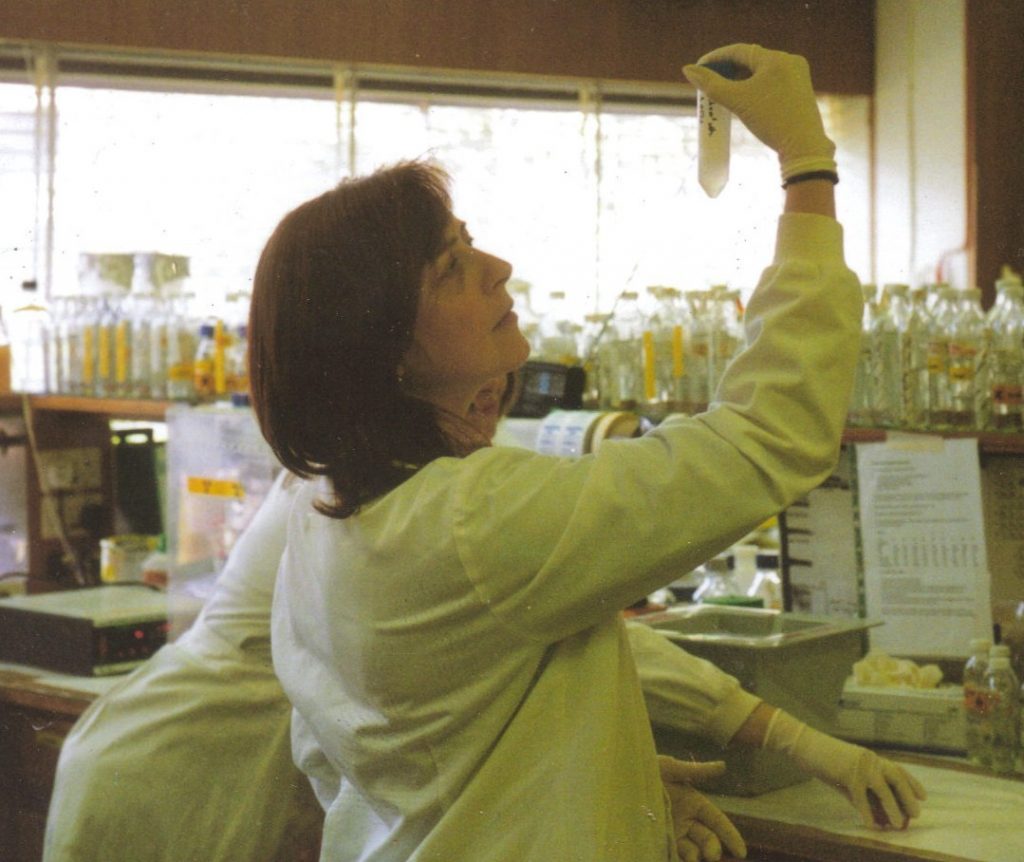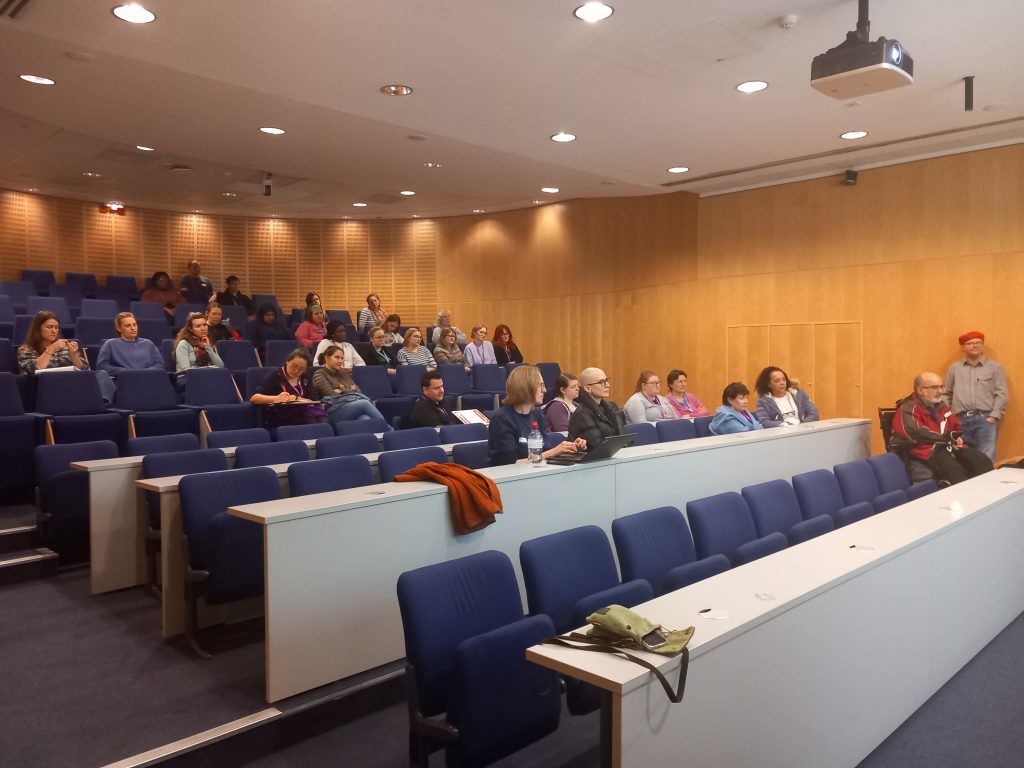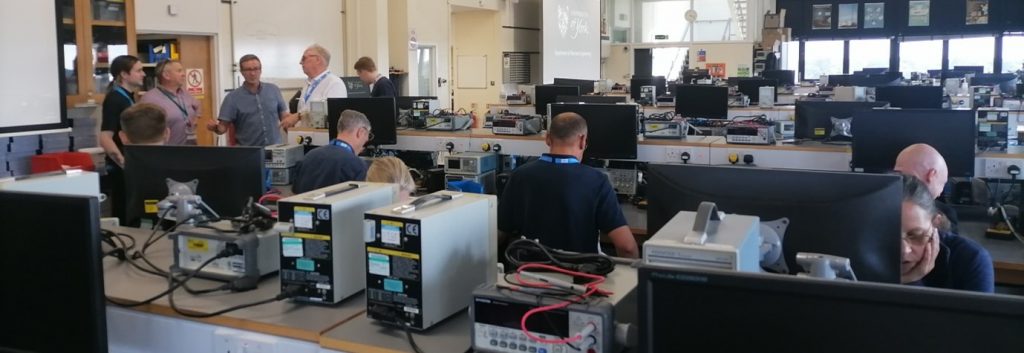
Describe your work area and its importance.
I have strategic oversight of technical staff in the Faculty of Medicine, Biology and Health which, comprises about 250 staff. Technical services are a very diverse group and include very specialist technologists, as well as the essential staff supporting key services such as media prep and practical student classes. However, most of our technicians work directly on grant funded projects from the molecular to the whole organism level. My job is about making sure that we have a technical service that is fit for purpose and future focussed. One of the key apects of my role is to make sure that our technical staff are supported in terms of their wellbeing, H&S and their development needs. I am a member of the University Technical Commitment Leadership Groups, and work with them to help the university meet all requirements associated with being a signatory of the Technicians Commitment.
On a typical day, what do you spend most of your time on?
Oh that’s kind of hard to say as it varies so much, and because I’ve only been in post from January 2023. So far when I am on campus, I tend to use the time to meet with people face to face and that can range from attending Professional Services Leadership Team meetings, Estates, Compliance and Risk as well as technical teams and individuals in our Faculty. When i work from home I tend to spend the time gathering data and compiling reports and responding to emails.
Describe your career path to date, including highs and lows.
My career path started in biological sciences research, and after deciding that the academic route was not a good fit for me, I moved into the technical family undertaking research, but ultimately moving into technical management. It’s not been a linear pathway though, and personal circumstances have meant that my family and I have moved around quite a bit. I had the great opportunity to work on two national HEfCE funded projects which allowed me to visit UK HEIs and research institutes across the country, where I learnt that technicians were facing the same issues no matter where they were based. I also spent a couple of years working as a Technical Careers Manager for the MI TALENT project, which was great fun. The low points for me were when I had to leave some great jobs due to family moves but the highs were when working on the national projects getting to meet some fantastic technicians and working with them to create positive changes.
What’s your proudest accomplishment at work
I think my proudest achievements are to do with seeing members of my team developing and achieving their career goals. When I was working for the MI TALENT project I developed an EDI recruitment check list which I am also very proud of.

What was your lowest moment?
My lowest moment was when I spent four months unemployed between securing my first technical post and leaving a post-doctoral position.
What drives you?
I am very much a people person and I want people to be happy at work, to feel recognised and rewarded for what they do.
Tell us a funny story, work-related or not:
During my PhD I was setting up a bioreactor system that involved a series of media filters, I couldn’t understand why tubes kept bursting until it was pointed out to me that I was using the paper inserts between the filters rather than the filters themselves.
What’s the best career advice you’ve received?
Take every opportunity that comes your way and try different things, you may discover something new that you enjoy.






